Washington: Anti-Camera Referendum Spreads to Redmond
The initiative effort to give voters a say in whether red light cameras and speed cameras are used has spread to a fifth city in Washington state. The group BanCams.com began circulating petitions in Redmond, kicking off an effort on Saturday to gather the 3845 signatures required to put the measure on the ballot. The referendum petition follows the language used in Bellingham, Longview, Monroe and Wenatchee where signatures have been gathered since January.
“The city of Redmond and for-profit companies contracted by the city of Redmond may not install or use automatic ticketing cameras to impose fines from camera surveillance unless such a system is approved by a majority vote of the city council and a majority vote of the people at an election,” Redmond Initiative Number One states.
If approved, the measure would repeal the council ordinance that authorized a five-year contract granting American Traffic Solutions the right to issue automated red light and speeding tickets on the city’s behalf. It then prohibits use of cameras unless a majority of Redmond voters approve of the installation. The tickets would then be limited to just $20 each, the amount of the least expensive parking ticket.
Redmond resident Scott Harlan is taking the lead in his home town, aided by the statewide coordination provided by Campaign for Liberty and Voters Want More Choices. The same team helped win 71 percent of voters banning cameras in Mukilteo in November.
Elsewhere in the country, Election Day saw cameras banned in Houston, Texas; Baytown, Texas; Anaheim, California; and Garfield Heights, Ohio. Photo enforcement has never survived when the question is put directly to voters. Last year, 61 percent of Sykesville, Maryland voters overturned a speed camera ordinance. In 2009, eighty-six percent of Sulphur, Louisiana rejected speed cameras, 72 percent said no in Chillicothe, Ohio; Heath, Ohio and College Station, Texas also rejected cameras. In 2008, residents in Cincinnati, Ohio rejected red light cameras. Seventy-six percent of Steubenville, Ohio voters rejected photo radar in 2006. In the mid-1990s, speed cameras lost by a two-to-one margin in Peoria, Arizona and Batavia, Illinois. In 1997, voters in Anchorage, Alaska banned cameras even after the local authorities had removed them. In 2003, 64 percent of voters in Arlington, Texas voted down “traffic management cameras” that opponents at the time said could be converted into ticketing cameras.
[Courtesy: Thenewspaper.com]
More by The Newspaper
Latest Car Reviews
Read moreLatest Product Reviews
Read moreRecent Comments
- MaintenanceCosts Holy panel gaps!
- Dave Holzman Zero interest in EVs. Problems finding working chargers, when you do, they're probably all being used, and range anxiety. What's to like? I LOVE my Civic (stick)!
- Steve Biro Big Bend after Sam Posey Straight at Lime Rock Park. Both as a Showroom Stock and Formula Ford racer in the 1970s. Plus the Chute, Heel and Toe at Watkins Glen around the same time.
- FormerFF Famous tracks I've raced on:Daytona 3.81 oval configuration, which is to say in the 1980's, so the International Horseshoe, Kink and the east and west banking, and the dogleg on the oval.Sebring, 12 hour configuration, Sunset Bend, Big Bend, Hairpin, Tower, Le MansCharlotte, Pre 2015 roval, no named turnsRoad Atlanta, original configuration, the Esses and the Dip, which isn't wasn't really a turn.Road America, so Carousel, the Kink (intimidating), Canada Corner (downhill braking), Bill Mitchell BendFamous tracks I've driven but not raced:Mid-Ohio, so the Keyhole, Carousel, and the Esses.Road Atlanta, current configurationAnd last and the absolute opposite of least, der Nürburgring-nordschleife. Way too many corners to list, but the big famous one is the Carraciola-Karussell. If you're in Germany, there are a couple of companies that rent track ready cars. I rented a Renault Clio RS 220 trophy for four laps for not all that many Euro. The track is up and down and twisty, with big curbs in most places, and is not to be driven too hard on if you are a novice here. The owner of the rental agency suggested going seven tenths, and that's what I did. I was cooked after those four laps.I've also driven some club racing tracks most of us haven't heard of, so I won't mention them here.
- Jrhurren I like this car. Seeing many comments disparaging the marque. That said, Kia/Hyundai has certainly put out some fun cars the past 10 years. Perception takes a while to catch up…


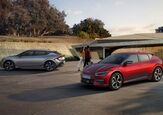





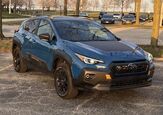
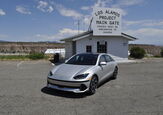
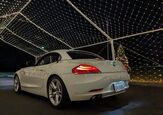





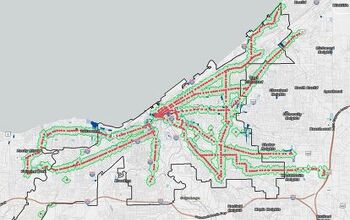
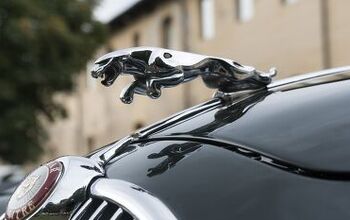


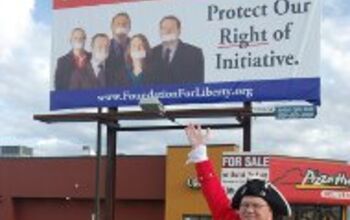



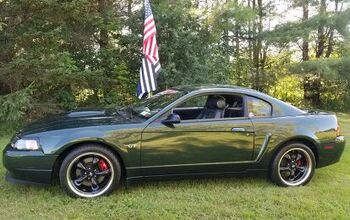

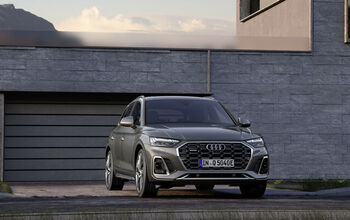
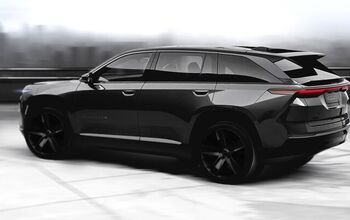
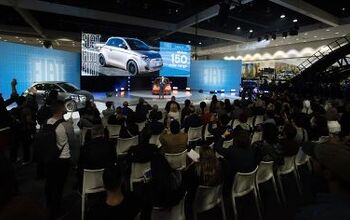
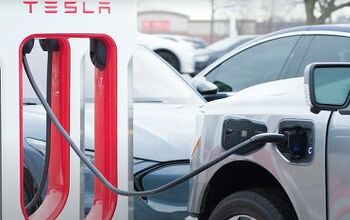


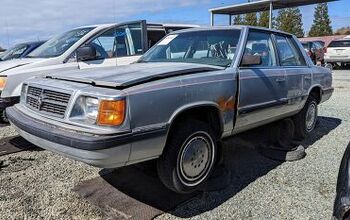
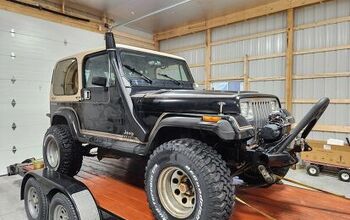
Comments
Join the conversation